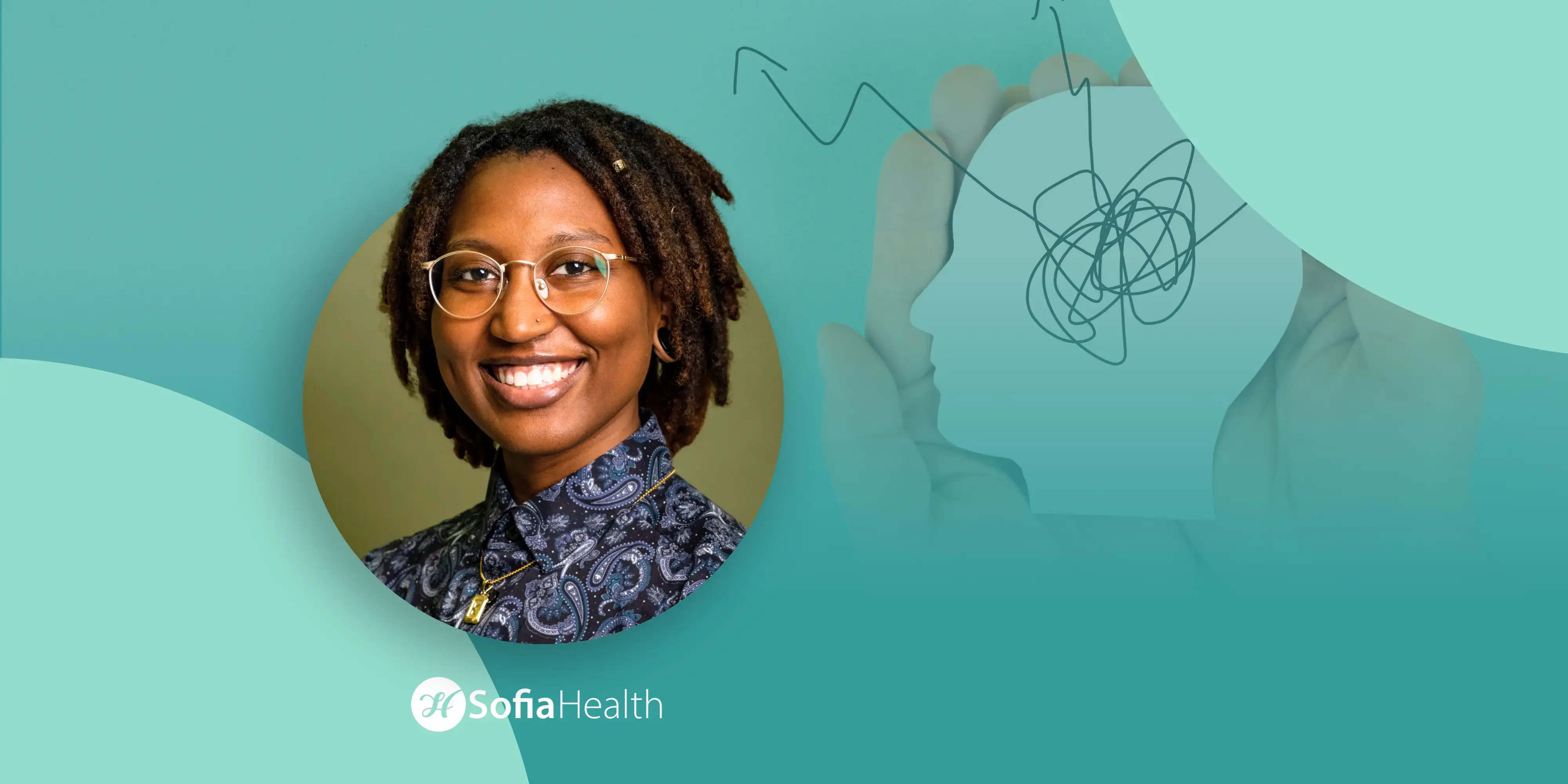You've felt it before — the moment when your mind is completely focused on the task at hand when all of your senses are alert and heightened. It's a state you achieve when you're performing at your best. Challenges become playtime when you find your flow.
Table of Contents
In essence, a flow state is a moment when you are so engrossed in an activity that nothing else seems to matter. It's that feeling you get when you become lost in what you're doing and lose track of time or space around you. You might have experienced it before while doing something like playing sports, driving, playing music, creating art, or even taking part in a conversation with your friends.
Finding your flow can help you:
- Be more productive, both at work and in your hobbies.
- Learn better (and faster), remembering more of what you learn.
- Become more creative; learn to be more open to new ideas.
- Increase your feeling of happiness.
In other words, finding your flow lets you do what you want to do and lets you do it better.
What Exactly Is the Flow State?
In psychology, a description of the flow state is often attributed to the work of Mihaly Csikszentmihalyi, who first wrote about it in his book Flow: The Psychology of Optimal Experience. He didn't "invent it" — it's as natural an experience as walking or talking — but he did give it the name we're using and help us understand the flow's power to transform our lives and work.
Flow State can be experienced in any number of situations—from art to sports to writing — but the most common way to experience it is through focused work or play.
Think of:
- A mathematician totally absorbed in his equations
- A painter totally absorbed in her landscapes
- Carpenters lose track of time while woodworking
The operative words are "total absorption" and "losing track." Flow is about maximum but effortless concentration — it would be no exaggeration at all to say both the 9th Symphony and the lightbulb were likely created during a flow state. That's why "flow" is an excellent word to describe this: Flow State is more than a feeling; it is a process.
There are many theories about why we enter flow states, but there's likely no single reason why people experience them. Some scientists believe that there's a neurological component to being in flow, that our brains release certain chemicals when we're engaged in an activity that requires focus and concentration. Others think that there's something about being passionate about what we're doing that helps us get into the flow — that experiencing pleasure from our work makes us more likely to go deeper.
Psychologists don't believe there's a single type of flow state. Rather, they think there are multiple kinds of flow experiences, each with its own triggers, and different people have different triggers. They respond differently to unique stimuli, and they're inspired by different activities. There seems to be no mathematical formula to move into a flow state — it just happens naturally.
Benefits of Flow State
The benefits of the flow state are many. When you're in a flow state, you feel engaged and productive. You're more likely to achieve your goals because you're moving forward with a sense of ease and fluidity. Your brain is operating at its peak level of performance and efficiency, so you get things done quickly and effectively.
Flow is also a boost to your confidence. When you're in the zone, you feel like you can take on the world — and that's bound to translate into confidence in other areas of your life as well. There are many other benefits of flow state as well, like:
- Deep concentration on an activity that requires skill and full attention.
- A greater sense of control over one's actions and their results.
- Transformation of consciousness from being self-conscious to being completely focused on the task at hand.
- An altered state of consciousness where one's sense of self is diminished, leaving feelings of euphoria, timelessness, and absorption in the act.
Flow helps you do better work because it allows you to be fully present in whatever you're doing. This can lead to greater creative output, a deeper understanding of concepts, and more efficient problem-solving. As an added bonus, by getting into a flow state when working on a difficult task, you'll feel less frustration, and even if you don't succeed the first time, you can tackle it with renewed energy later.
A Reduced Sense of Self and Time
Amid the flow, our sense of self is reduced because we get lost in the task at hand. We are so focused on the present moment that we lose track of time, our surroundings, and even ourselves. This can help to reduce stress and anxiety — the person quite literally "forgets" and replaces self-consciousness with a productive, meaningful activity that they truly value.
The reduced sense of time, in turn, allows one to focus more fully on the tasks at hand — but only when those tasks are intrinsically rewarding and challenging enough to keep people engaged. This is a key marker that governs how one enters a flow state in the first place.
Anyone can experience flow states, no matter how much experience they’ve had in their profession. Salesmen, scientists, artists, and even children learning how to read in school can have flow states and benefit from them.
An Accelerated Path to Mastery
In order for someone to master something, they need to practice until they reach a point where it feels effortless — like second nature. The problem is that this can take years if we're constantly being interrupted by distractions or negative thoughts about ourselves or our performance. When we practice without these interruptions, though, we can achieve mastery at a faster rate.
In other words, achieving flow is about eliminating barriers between you and your goals. You can work toward mastery by focusing on the task at hand and not letting yourself get distracted by things that don't matter.
Creative Boosts and Superior Performance
When you're in the flow state, it's easier for ideas to come to you. Because your mind is clear and focused, it can take in more information than usual, which means that it's easier for it to process that information and come up with new ideas or solutions. Similar to meditation, the flow state opens up channels of communication between the conscious and subconscious parts of your brain, allowing for increased creativity.
People in a flow state can experience:
- A heightened sense of focus and concentration
- Increased mental acuity
- Improved memory retrieval
In practice, that means your mind is working effortlessly; you’re fully immersed in whatever you're doing. You can think more clearly, perform complex tasks with ease, and enjoy the thrills of creative or problem-solving work. Flow states are also related to feelings of joy or happiness. For instance, some athletes describe the "runner's high" — researchers think it's caused by the release of endorphins during times of intense concentration.
How Meditation and Mindfulness Relate to Flow State
Being able to achieve a state of flow, and on a smaller scale, being able to achieve even a bit of focus, is essential to achieving goals. But being able to maintain that focus and maintain that stability of mind can be challenging. That’s where meditation and mindfulness come in because a mind that is trained to be more present and at ease with itself — calmer, clearer, and content — is more likely to experience the flow state because we are training in non-distraction and focus. “If we can learn how to apply focus moment-to-moment, then we’ll see that play out in our longer-term goals,” says Headspace co-founder Andy Puddicombe.
By definition, mindfulness is the quality of being present and fully engaged with whatever you’re doing at the moment — free from distractions or judgment, and aware of thoughts and feelings without getting caught up in them. By engaging in meditation, we are encouraging our minds to become more present, actively creating conditions that help us observe when we get distracted, what gets us distracted, and then return to the object of focus. A flow state of mind combines the two concepts.
In essence, the flow state is a very active, moving meditation. Flow states relate intimately to both meditation and mindfulness. In fact, one could say that a flow state is an outward projection of both meditation and mindfulness. Consider, for example:
- Mindfulness: A state of being aware and fully present at the moment without judgment or attachment to thoughts or feelings. Studies show that mindfulness can reduce stress, anxiety, depression, and many other conditions — including chronic pain — while improving overall health and well-being.
To learn more about Mindfulness, check out our article, 'What Is Mindfulness'
- Meditation: The practice of focusing your attention on a single object or idea. It's usually done in silence, but sometimes in guided meditation sessions that are led by an instructor.
Want an in-depth overview of meditation, check out our article 'What is Meditation'.
Both of these activities, in and of themselves, contain characteristics already described in relation to flow states. The chief distinction is that flow states fully move the mind out of itself with concentration focused on an external object, task, or challenge.
Someone who practices meditation and mindfulness is already inclined to enter a flow state. It's merely a matter of finding the right stimuli.
Flow States: Examples
When you're in a flow state, time flies by. You're completely absorbed in an activity: writing a paper, programming, or even just playing with your dog. Your mind is clear and your focus is sharp. When you look back on these activities afterward, they seem to have taken no time at all.
No matter the activity, the point that all flow states have in common is that they're characterized by a feeling of effortlessness. When you're in a state of flow, you feel you're playing the game instead of banging your head on a wall. You're so focused on what you're doing that everything else falls away.
How to Achieve Flow
No matter how appealing a flow state might sound, it's not something that you can force. The best way to get into a flow state is by being in the moment and just doing what you love. When you're actively using the faculties and talents that you're good at, flow arises naturally.
Look for tasks that offer:
- Intrinsic Motivation: Intrinsic motivation is a state of mind in which you feel driven to work on something because you find it interesting and enjoyable. You don't have to be paid or even get any recognition for it — if you just enjoy working on something, then that's enough.
- Sufficiently Challenging Work: Flow can only occur when the person has a challenge that is matched to their skill set and experience level. If you're trying to do something that's too easy or too hard, then you won't achieve flow because you will feel either frustrated or bored.
- Clear Goals: The reason flow is so satisfying is that it gives a sense of purpose and direction, both in your personal and professional life — when you have a clear goal in mind and achieve it, you feel like you've accomplished something significant.
Meditation Helps You Take Control of the Flow
The more you practice meditation and mindfulness, the easier you'll find it to achieve a flow state of mind. That's because meditation can help train your mind to focus better and concentrate for longer periods of time. It also helps reduce stress levels and improve mental health overall.
Meditating itself is a great way to teach your mind relaxed concentration. You can do it anywhere, anytime — even while you're sitting at work, waiting in line, or sitting on the bus. When combined with knowledge about flow states, you can use meditation techniques to help generate more creativity and inspiration when working on projects.
Want to learn more about how to meditate? Check out our article 'How to Meditate'.
Need help calming your mind so you can reach the flow state? Find a practitioner on Sofia Health to help you get started with meditation, mindfulness, and more.
More than a directory or platform, we're a wellness hub connecting consumers to providers, health and wellness entrepreneurs, makers, and leaders. Individuals can find support via services, products, classes, workshops, and more for their physical, mental, emotional, and spiritual health.
Learn more about meditation
|
|
|








